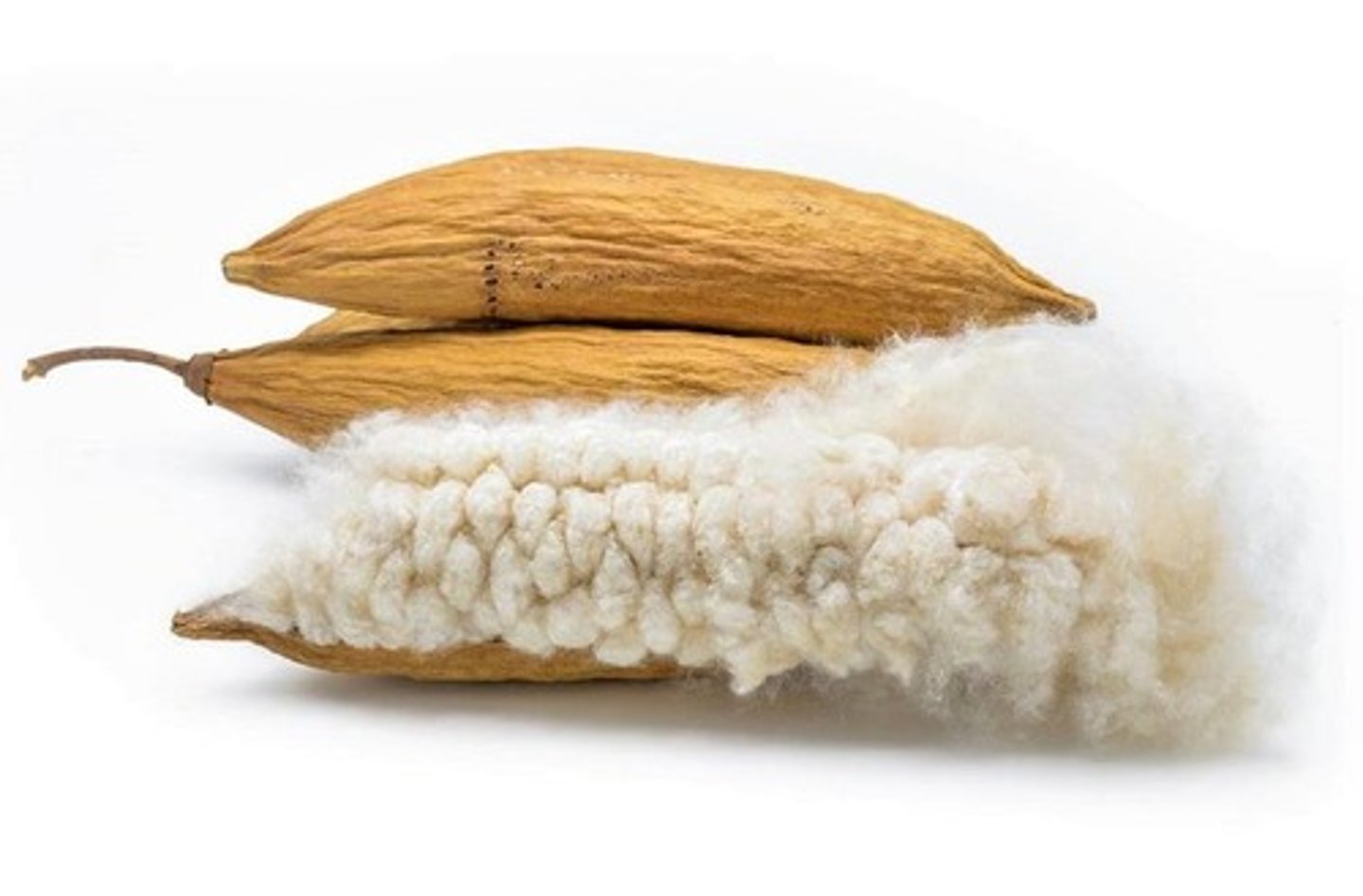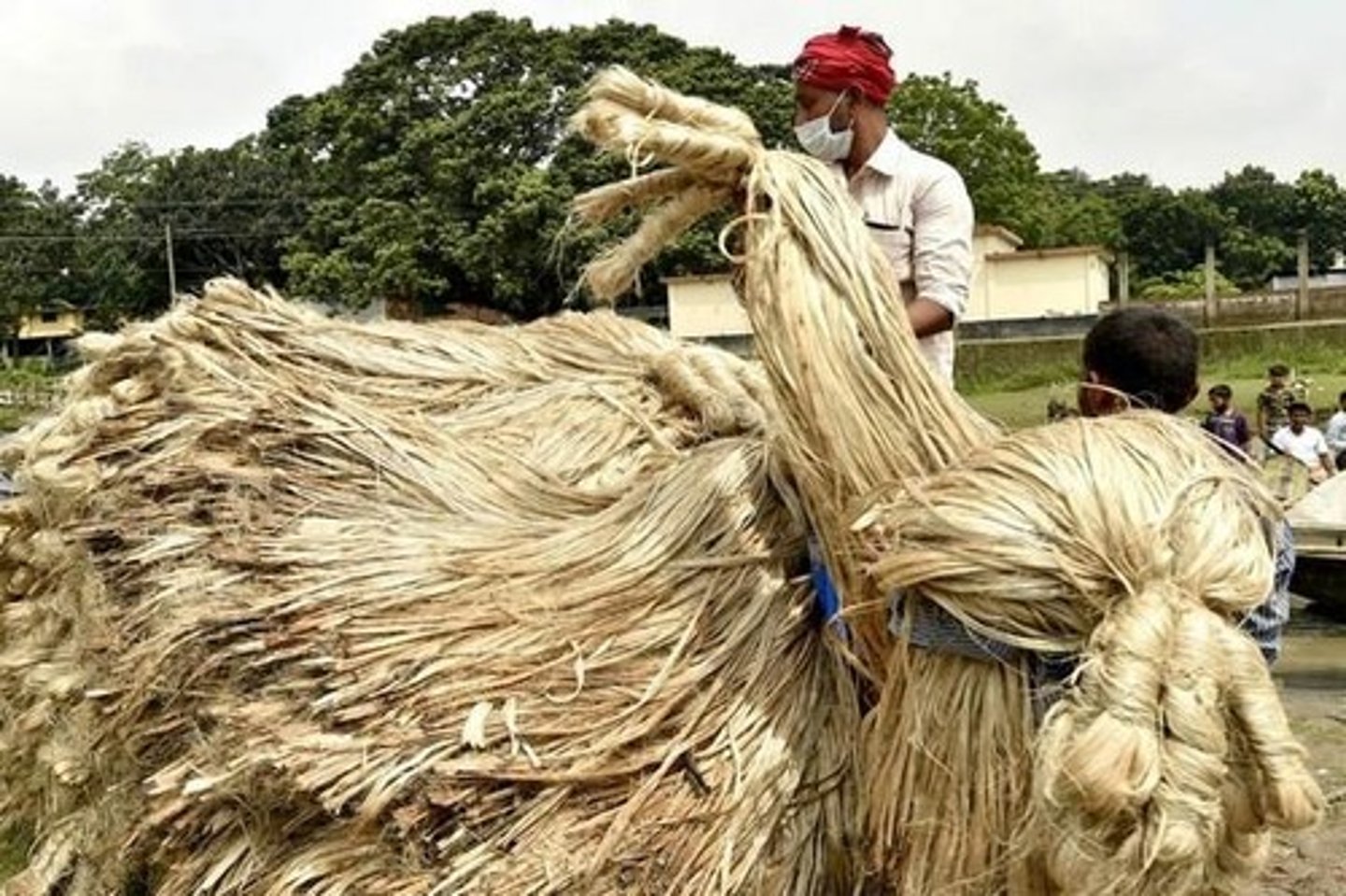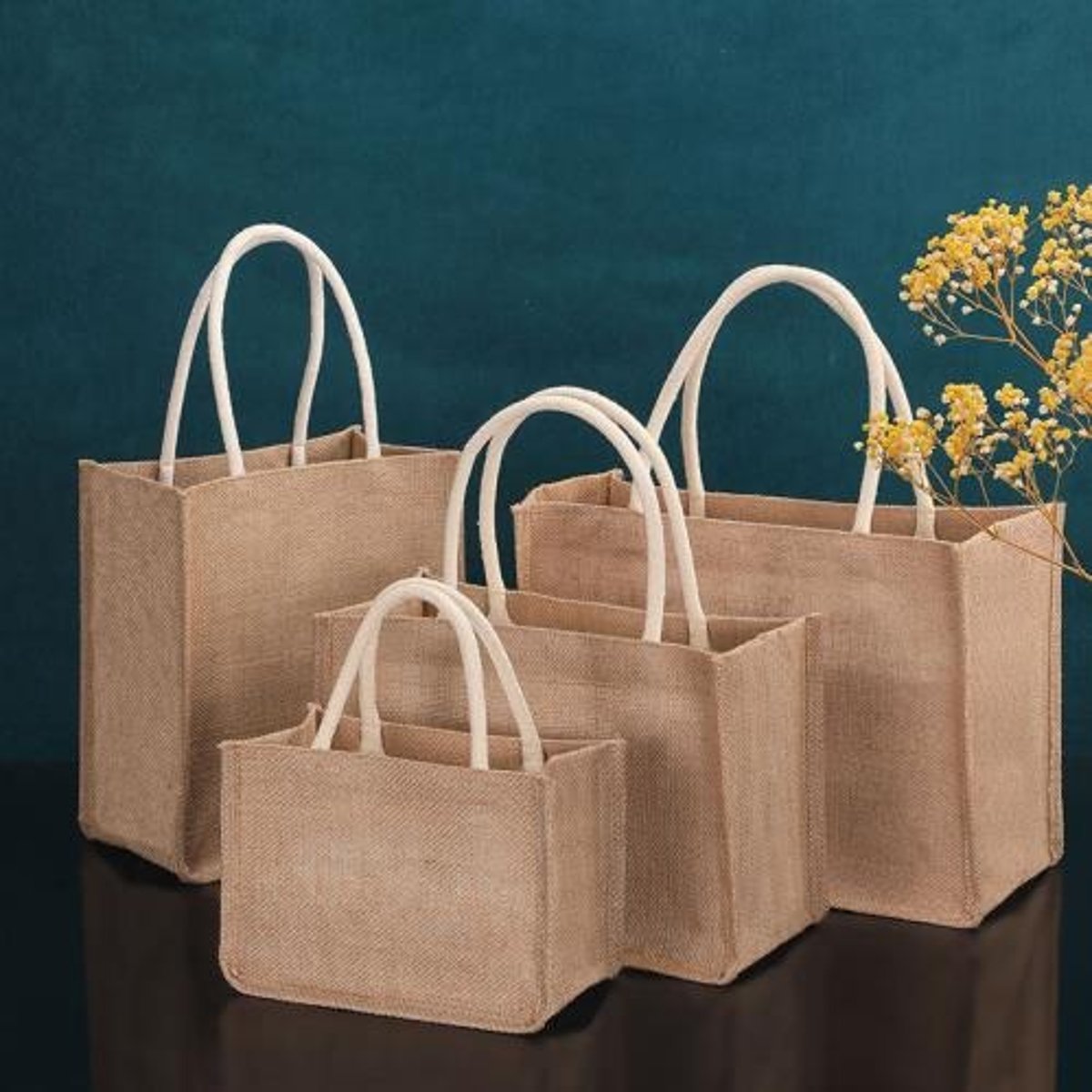Introduction to Textiles: Materials and Classification
1/78
There's no tags or description
Looks like no tags are added yet.
Name | Mastery | Learn | Test | Matching | Spaced |
|---|
No study sessions yet.
79 Terms
TEXTILE
any material made of interlacing fibers.
FABRIC
any material made through the various processes such as weaving, knitting, crocheting, or bonding.
CLOTH
refers to a finished piece of fabric that can be used for varying purposes such as a bedcover etc.
FIBER
the basic element of the textile, a fine, hairline like strand that forms the basis of a yarn.
Staple Fibers
short fibers, typically measured in centimeters or inches; all natural fibers except silk are staple fibers.
Filament Fibers
long continuous fibers, usually measured in meters or yards, laid parallel to one another and tightly twisted to produce smooth, strong yarn.
Yarn
formed by twisting fibers together to create a continuous strand.
Spun Yarn
composed of staple fibers twisted together.
Filament Yarn
composed of continuous strands made from either a spinneret generated synthetic fiber or from silk.
Shiny Cotton
a processed version of the fiber made into cloth that resembles satin.
Egyptian Cotton
term applied to the extra long staple cotton produced in Egypt and favored for the luxury and upmarket brands worldwide.
Kapok
derived from a seed, taken from the seed pod of the Java kapok tree.

Natural Fibers
fibers from animal, plant, or mineral sources, produced seasonally and susceptible to the forces of nature.
Synthetic Fibers
fibers that are manufactured and not derived from natural sources.
Blends
combinations of natural and synthetic fibers.
Plant Fibers
fibers derived from plants, such as cotton.
Animal Fibers
fibers derived from animals, such as wool and silk.
Silk Fibers
fibers produced by silkworms, known for their softness and luster.
Mineral Fibers
fibers derived from mineral sources, such as asbestos.
Metal Fibers
fibers made from metal, often used for special applications.
Characteristic of Natural Fibers
natural fibers are produced seasonally and are affected by environmental factors.
Characteristic of Synthetic Fibers
synthetic fibers are manufactured and typically more uniform in quality.
Fiber Length Measurement
staple fibers are measured in centimeters or inches, while filament fibers are measured in meters or yards.
Yarn Classification
yarn is classified into spun yarn and filament yarn.
Flax (Linen)
Probably the oldest fiber ever woven into fabric. Flax has a crisp and cool hand, used for table linens, draperies, slipcovers, etc. Linen, made from flax, is less soft and absorbent than cotton but more resistant to mildew.
Linen
Extremely strong, virtually non-elastic, and tends to be brittle. It does not lint and resists fraying and seam slippage. One of the major disadvantages of linen is that it wrinkles and creases readily.
Jute
A fiber which resembles flax, made from the stem and stalk of the jute plant primarily grown in India. It is very long, dimensionally stable, harsh, brittle, lint's badly, and wrinkles easily.

Burlap
A fabric often made from jute, it has excellent resistance to microorganisms and insects.

Hemp
A coarse fiber originally used in ropes and sacks, now used in clothing, comes from the Cannabis Sativa plant.
Manila Hemp
Also known as Abaca, derived from the Musa textilis plant, mainly grown in the Philippines, it is very strong with great luster and resistant to damage from salt water.
Ramie
An inexpensive fiber from an East Asian plant, sometimes called China grass or grass linen, it is exceptionally strong with a natural luster comparable to silk and resistance to bacteria and molds.
Natural Rubber
Rubber in fiber form dates from the 1920s, when latex could be extruded into fiber. It is highly elastic, flexible, and impermeable to water and air.
Jusi
Made from banana fibers.
Pina
Made from the leaves of the Pineapple plant, commonly used in the Philippines, sometimes combined with silk or polyester for fabric.
Wool
Wool fiber is sheared from domesticated animals, primarily sheep, with fibers varying in length from 1" to 18". Known for its exceptional resiliency and elasticity, it is an excellent fiber for use in carpets.
Wool Carpet
Remains the standard by which synthetic fiber carpets are judged, with good flexibility allowing it to be reshaped by steaming or pressing.
Hair fibers
Derived from camel, goat, mohair, alpaca, llama, the vicuna (the rarest), and horsehair.
Cashmere
Taken from the lowly Kashmiri Goat; it is said to be the fiber of Kings, and is so luxurious that the Arc of the Covenant of the Old Testament was said to be lined with it.
Pashmina
The finest 'wool' shorn from the undercoat of Himalayan Mountain Goats; a current buzzword in the fashion industry.
Sericulture
The growth of silk moths for their silk production; a labor-intensive process.
Liquid silk
Excreted from the head of the silkworm to form a cocoon around its body.
Filament length
Average length of each silk filament is about 600 yards.
Organzine or Thrown silk
The finest cultured silk yarn made from the longest filaments.
Tram, Spunsilk or Bourette
Uses shorter strands (or broken strands) and has less luster and sheen.
Tussah
Silk fabric woven from silk made by wild, uncultivated silkworms; naturally tan in color and cannot be bleached.
Duppion/Dupioni
Silk that comes from the fiber formed by two silk worms that spun their cocoons together in an interlocking manner; the yarn is uneven and larger than regular filaments.
Thai Silk
Produced from the cocoons of Thai silkworms; considered one of the finest fabrics in the world with unique patterns and colors.
Silk properties
More wrinkle resistant than natural cellulosic fibers, fragile, disintegrates or discolors in strong light, deteriorates from bleaches and cleaning acids, subject to mildew and rot in humid climates.
Asbestos
A mineral with fluffy strands, completely fireproof, used in firefighters' apparel and hazardous industry applications; associated with serious diseases and its use is now largely illegal.
Lurex
A type of manufactured fiber composed of metal, plastic-coated metal, or metal-coated plastic, used for adding glitter to textiles.
Rayon
The first synthetic fiber, derived from the pithy sections of plant stalks, remaining almost pure cellulose.
Viscose Rayon
A type of rayon that blends well with other fibers, is absorbent, dyes readily, and is economical to produce.
Acetate
A compound of cellulose acetate developed by the Celanese Corp in 1924, known for its luxurious hand and excellent draping qualities.
Tri-Acetate
Almost pure cellulose acetate developed by the Celanese Corp in 1954, known for its good resiliency and stability.
Nylon
Developed by E.I. Dupont de Nemours and Co. in 1939, it is the strongest of all fibers, highly elastic, and dimensionally stable.
Acrylic
Developed by the DuPont Co. in 1950, derived from coal, air, water, petroleum, and limestone, known for its wool-like effect and durability.
Thermoplastic
A property of most synthetic fibers, meaning they soften and melt when heated.
Cellulosics
A category of synthetic fibers derived from cellulose, including rayon, acetate, and triacetate.
Non Cellulosics
A category of synthetic fibers not derived from cellulose, including nylon and acrylic.
Mildew Resistance
A property of nylon that allows it to repel fungus, mildew, and mold.
Low Resiliency
A characteristic of rayon that causes it to wrinkle easily.
Heat Sensitivity
A characteristic of acetate that makes it easily damaged by heat.
Permanent Pleats
A feature of triacetate that allows it to maintain a crisp finish and set pleats.
Dye Acceptance
A property of acrylic fibers that allows them to accept dyes well, providing a good selection of colors.
Abrasion Resistance
A property of nylon and acrylic that allows them to withstand wear and tear.
Elasticity
The ability of nylon to stretch and recover, making it highly elastic.
Washability
A property of acetate that allows it to be washed without shrinking.
Light Resistance
A property of acrylic that makes it resistant to sunlight.
Blending
The process of combining rayon with cotton or wool to enhance its properties.
Fiber Stability
A characteristic of triacetate that results in greater stability compared to acetate.
Insulative Effect
The fluffy, wool-like effect created by crimped acrylic fibers.
Modacrylic
Developed by the Union Carbide in 1949. It is derived from elements of natural gas, coal, air, and salt and water. Fibers easily dyed- are washable and are drip-dry. Resistant to acids and alkalis. Flame-resistant used for draperies and casement cloths.
Olefins (Polypropylene and Polyethylene)
Developed by the Hercules Inc. in 1961 from a byproduct of petroleum. Olefin is relatively inexpensive and very popular for use as a carpet fiber. Because of its outstanding resistance to stains and crushing and its lack of static generation, olefin continues to increase in popularity as a carpet fiber. Today, the most widely used olefin fiber is polypropylene. Polyethylene was the first olefin fiber to reach commercial importance, being used as upholstery for airplane seats for many years. Olefin fibers in upholstery textiles are strong, light in weight and generally bulked. It does not absorb moisture or air-borne dirt; it is also resistant to mildew, rot, moths and vermin. Olefin is one of the lightest synthetic fibers and has excellent elastic recovery.
Polyester
The initial research by Du Pont that led to the discovery of nylon also led to the invention of polyester in 1953. Among its many characteristics are its resistance to air-borne and oil-borne dirt, low moisture absorbency: wrinkle resistance, high strength and resiliency, abrasion resistance, stability. Washable and drip-dry, it also has excellent crease resistance and is easy to maintain. Polyester is frequently blended with other fibers to enhance their performance. Hospital cubicle curtains are often made of polyester. Dacron, Fortrel, Kodel, and Trevira are all popular trade names for different types of polyester.
Glass Fiber
Although glass has been used for centuries, it was not until the mid-1800s that it was first produced in fiber form. One of the most important characteristics of this fiber is that it is inherently resistant to flame. Strong and does not absorb moisture, it also has a very low abrasion resistance. It also has the ability to dye well. Owens-Corning's trade name for its glass fiber product is Fiberglas.
Polynude Nylon
Chemical fiber with make-up similar to nylon. This fiber outperforms existing synthetics in washability, wrinkle resistance and ease of care. It does not shrink. It resembles silk in luster, weight, color, feel and drapability but can be ironed at high heat like cotton.
Saran
Used for outdoor furniture upholstery and screening. When it is woven with other materials, it can be used in curtains, drapery fabrics and wall covering. It is unaffected by sunlight, easy-to-care, wrinkle resistant, and abrasion resistant. It has high crease retention, and dyeability. It is usually blended with rayon and modacrylic with Saran dominating.
Spandex
A manufactured elastomeric fiber that can be repeatedly stretched over 500% without breaking, and will still recover to its original length. This permits manufacturers to add stretch fabrics without altering hand or appearance. Bounces back without sag whether on warp, fill bias direction. Can be permanent pressed or soil-resistant, washable, and does not discolor. This type of fiber can be blended with most fabrics.
Aramids
Among the various modern synthetic fibers, aramids have unique properties. Acids, and solvents have virtually no effect on them. Aramids are marketed under the trade names Nomex and Kevlar. Nomex is a high temperature-resistant fiber used mostly in apparel such as firefighters' clothing and space suits. Kevlar is also a high-temperature-resistant fiber and is incredibly strong, stronger than comparably sized steel. It is used as a barrier fabric between the upholstery cushion and fabric in seating. It is also used in bullet-resistant vests. Aramids are difficult to dye, but because they are not used for decorative purposes, this is not usually considered a drawback.